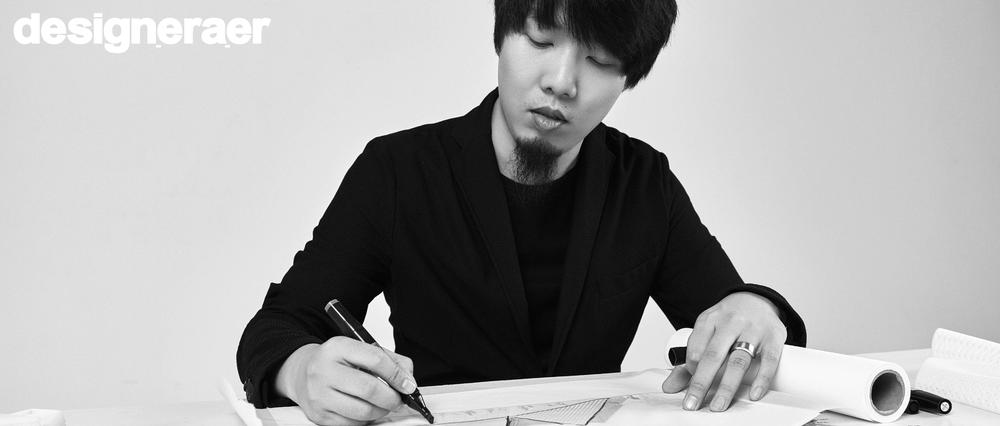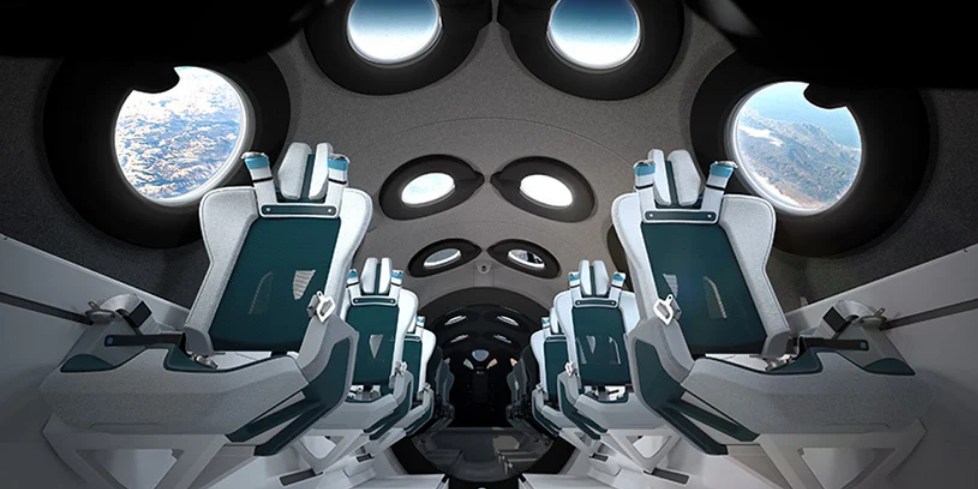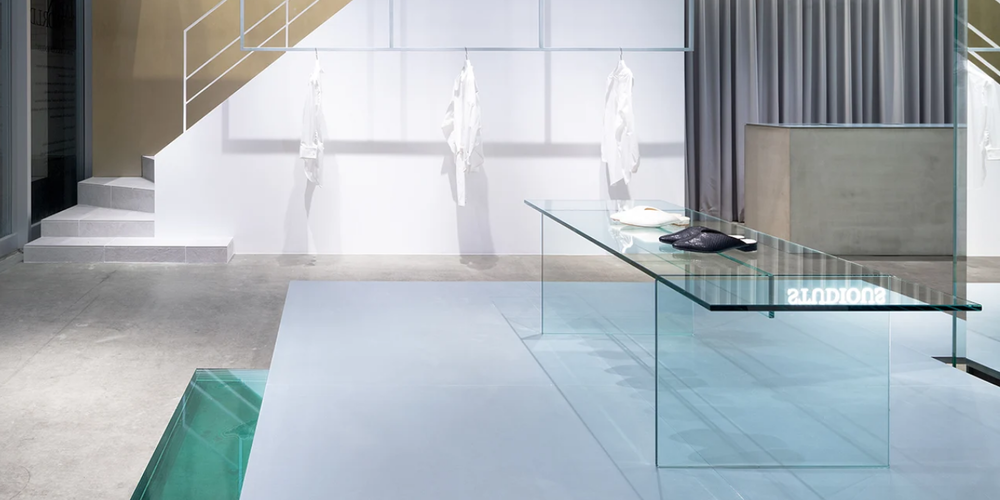ohn H. Daniels建筑景观设计学院设计了一座占地7,500平方英尺(约696.8平方米)的带有隐蔽性洞穴装置的实验画廊,坐落于Daniels学院的实验室下层。
该项目由Richard Sommer教授和纽约Pillow Culture设计师共同策划,建筑设计画廊的首个装置New Circadia引发参观者的如下思考:如果设计师专门为放松、反思和休闲设计一个脱离标准时间和外部刺激的梦幻空间会怎么样呢?
New Circadia在拉丁语中有着“全新的一天”的意思,该装置设想参与城市和多伦多大学社区的建立,类似地下洞穴的软乌托邦。
Daniels学院共同的策展人Richard Somme院长兼教授说:“如今的建筑在地球的城市化中有密不可分的联系,它同样需要重视时间的标记,就像传统上对空间的塑造一样。通过New Circadia装置,我们认识到建筑在拥有日益增长的压力和麻木的世界里的共性,通过设计一种‘解毒剂’来应对日常生活的过度机械化和我们封闭的全天候文化。也许是时候让建筑沉睡了?”
这座互动装置由三个区域组成。从Daniels大厦的东入口开始,参观者会通过一个暂时的区域或“洞口”进入地下空间,该装置通过数字技术创建的人造天窗进行内部照明。
穿过毛毡立面,参观者会进入到洞穴的主要空间,这是一个神秘的黑暗空间,里面有一个巨大且柔软的岩石般的休息区域,有互动的声音和灯光。
Oneiroi邀请来访者匿名记录他们的个人梦想,并且聆听别人的梦想。
整个装置鼓励参观者利用洞穴的柔软设施,包括其毡制的地板和墙壁,进行自我的反思和冥想。
受到1938年猛犸洞穴和六七十年代联合事件的启发,这种触觉装置为参观者提供多种多样的体验,包括一系列的主题演讲、多学科表演、对话、电影放映和夜曲等。
New Circadia将安排六个基于时间主题的活动,分别是:故事时间、深层时间、浪费时间、休息时间、记号时间和梦想时间。
共同策展人Natalie Fizer和Pillow Culture公司的Emily Stevenson说:“我们已经将新建筑和设计画廊转变为柔软的乌托邦,以唤起人们对地质、神话、机械和生物时间的更深层次的了解,探索我们该如何通过培养完美的休息、反思和冥想状态来构成更持久的内心生活。”
New Circadia的所有空间都是为了证明,放空无论是睡觉、做梦、小睡还是冥想,都不是在消磨和浪费时间,而是一种精神和身体的基本状态,与我们生存和进化都有着重要的联系。
New Circadia发布会于2019年11月7日晚上7:30开始。此活动需要注册登记。这个装置和相关活动将持续到2020年4月30日。
有关更多信息,请访问daniels.utoronto.ca
The John H. Daniels Faculty of Architecture, Landscape, and Design is launching a 7,500-square-foot experimental gallery with a metaphoric cave installation, located in the lower level of the Daniels Facility.
Curated by Professor Richard Sommer and New York-based designers, Pillow Culture, the Architecture and Design Gallery’s inaugural installation, New Circadia (adventures in mental spelunking), prompts participants to ask: What would happen if we disconnected from standard time and external stimuli within a dream-like space specifically designed for relaxation, reflection, and repose?
New Circadia (an approximate translation from Latin for “New Day”) has been conceived to engage the city and the University of Toronto community alike in an underground, cave-like, soft utopia.
“Architecture today is inextricably bound up in the urbanization of the planet, and it needs to pay as much attention to the marking of time, as it traditionally has to the shaping of space,” says co-curator, Richard Sommer, Dean and Professor at the Daniels Faculty. “With New Circadia, we are acknowledging architecture’s complicity in an increasingly stressful and zombie-like world by presenting an antidote to the over-mechanization of everyday life and our plugged-in, 24/7 culture. Might it be time to put architecture to sleep?”
The interactive installation will be made up of three zones. Beginning at the east entrance of the Daniels Building, visitors will enter a subterranean space through a Transitory Zone or “mouth of the cave,” illuminated with an artificial skylight created via digital technology.
Moving through a felt envelope, participants will enter the main cave space, an uncanny Dark Zone, with a large yet soft rock-like lounge-scape, animated with responsive sound and light.
Oneiroi will invite visitors to anonymously record their personal dreams and listen to those recorded by others.
Throughout the installation, visitors will be encouraged to make use of the cave’s soft infrastructure, including its felted floors and walls, to engage in self-directed rest and meditation.
Inspired by both the 1938 Mammoth Cave, and the synesthetic happenings of the 1960’s and 70’s, this haptic installation will offer visitors a variety of experiences, including a series of thematic lectures, multidisciplinary performances, dialogues, film screenings, and nocturnes.
New Circadia’s events and programming will be organized around six time-based themes: story time, deep time, wasting time, break time, marking time, and dream time.
“We have transformed the new Architecture and Design Gallery into a soft utopia to conjure a greater sense of geological, mythical, mechanical, and biological time, and to explore how we might nurture a more sustained interior life by incubating dream-like states of rest, reflection, and reverie,” say co-curators Natalie Fizer and Emily Stevenson of the firm Pillow Culture.
Both the space and programming of New Circadia is aimed at demonstrating that idling, whether by sleeping, dreaming, napping, or meditating, is not lost, unproductive time, but rather an essential state of mind and body, connected to experiences vital to our survival and evolution.
The New Circadia launch event is on November 7, 2019 at 7:30pm. Registration is required for this event. Please register at the link here. The installation and affiliated events will run until April 30, 2020.
For more information visit daniels.utoronto.ca.
Photo by Scott Norsworthy. 
Photo by Scott Norsworthy.






